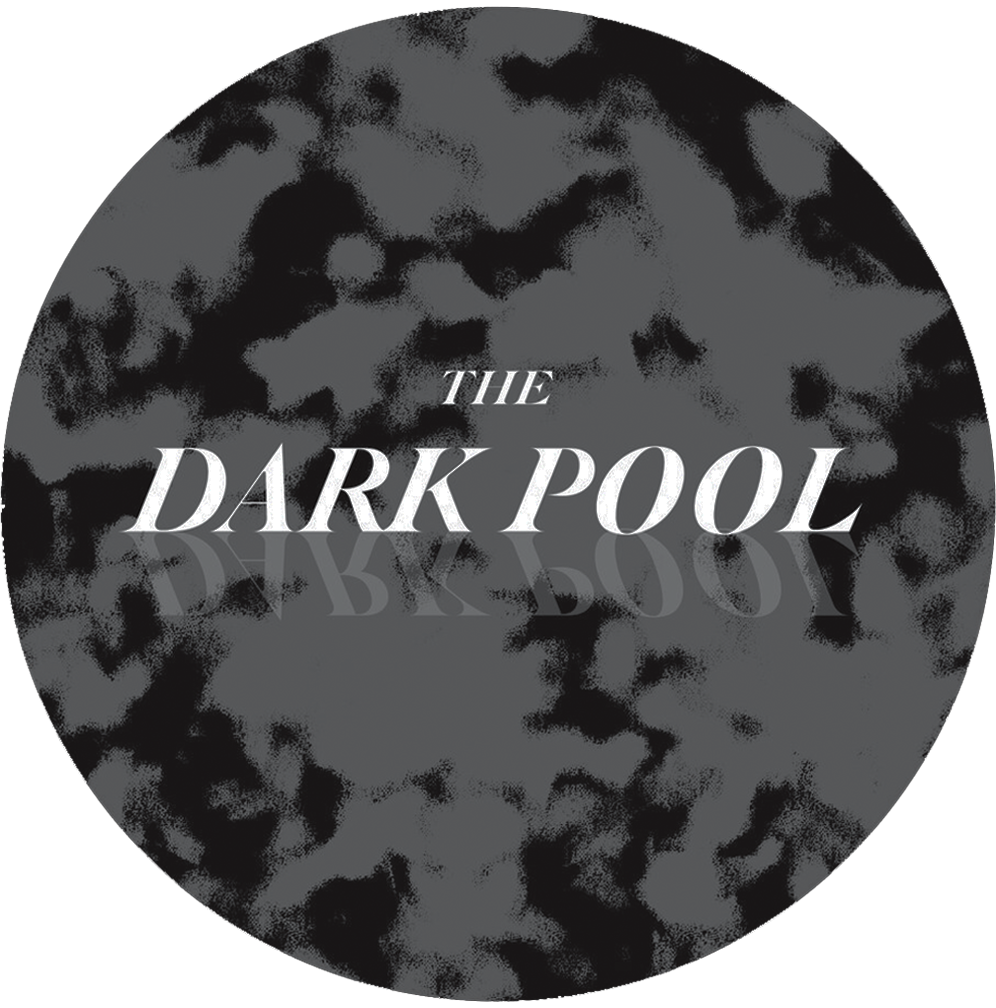The Whispering Seance
The whispering seance ritual has only been described once in a pamphlet written under the name Z. A. Duffy and dated 1877. There was a popular vogue for spiritualist and occult seances from 1850 to roughly 1900 resulting in a great deal of amateur experimentation such that no modern scholar can confidently assert how widespread this particular ritual was or if it even existed in the first place. According to the pamphlet, this event was a regular occurrence at a single private home in Bordentown City, New Jersey. Participants sat separately facing away from each other at varying angles around the room and whispered quietly to themselves. These whispers precipitated an experience of clairaudience in the participants as they began to hear sounds that were not occurring naturally within the room but derived, rather, from some supernatural source. Duffy leaves the nature of that source open-ended in his pamphlet. Dark Pool Project director Rob C. Thompson has written an article questioning the authenticity of Duffy’s pamphlet. Thompson, one of the world’s only scholars of nineteenth-century spiritualist medium and historian Emma Hardinge Britten, notes that Britten cataloged most of the spiritualist and occult phenomena occurring in the Western world in two books devoted to the subject and made no mention of the whispering seance. This is particularly curious since Duffy specifically mentions having met and discussed the whispering seance with Britten and Britten had purchased a cottage for her mother in Burlington, not far from Bordentown City.
For more see The Veoka Archive
























